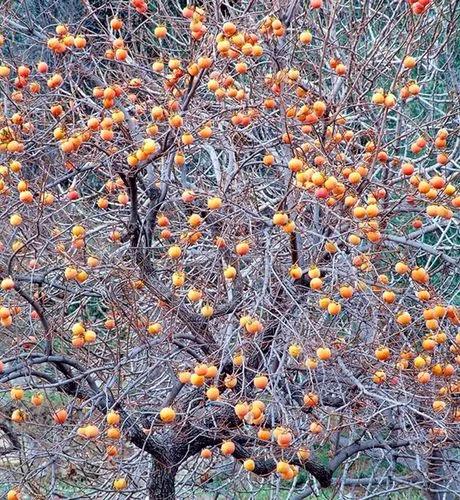t is a medium-sized tree growing up to 25 m (80 feet) tall[8] (exceptionally to 28 m or 90 feet), with a trunk up to 70–100 centimetres (30–40 in) in diameter. The leaves are deciduous but with a very long season in leaf, from April to December in the Northern Hemisphere; they are alternate, cordate (heart-shaped), rich glossy green, 5–12 cm (2–4 3⁄4 inches) long, with a finely serrated margin. The slender cylindrical male catkins are pendulous, reddish and up to 10 cm (4 inches) long;[8] pollination is in early spring, before the leaves emerge. The female catkins are ovoid, when mature in autumn 2–3 cm (3⁄4–1 1⁄8 inches) long and 1.5–2 cm (5⁄8–3⁄4 inch) broad, dark green to brown, hard, woody, and superficially similar to some conifer cones. The small winged seeds disperse through the winter, leaving the old woody, blackish 'cones' on the tree for up to a year after.
Italian Alder Care
Alnus Cordata



The leaves of Alnus cordata are heart shaped (cordate) and an attractive glossy green. Although it is deciduous, it has a long season in leaf, holding on to its foliage later than many other trees. In urban areas where light and heat levels are higher this season is extended even further. talian Alder is tolerant of pollution, dry soils and poor site conditions, making it a useful tree for landscaping a wide range of sites. It can be seen planted in poor soils, compacted areas and soils with a high pH value. Its resistance to wind make it an ideal plant for screening and windbreaks and it can also be planted in coastal regions. As with other Alnus species, Alnus cordata has the ability to fix nitrogen from the air. Early in the spring, before the leaves emerge, the pollination process begins when both male and female catkins are produced on the plant. The male catkins are pendulous and can be up to 10cm long, yellow-orange in colour. The female catkins are much smaller and stubby. When pollinated they develop into small dark woody cones which disperse the small winged seeds once matured in Autumn. The cones remain on the trees throughout most of the winter and are also larger than any other Alder species.
How to Care for the Plant

Popularity

150 people already have this plant 39 people have added this plant to their wishlists
Discover more plants with the list below
Popular articles






